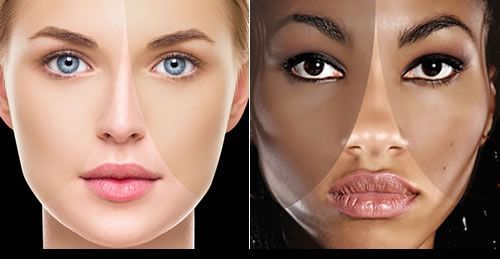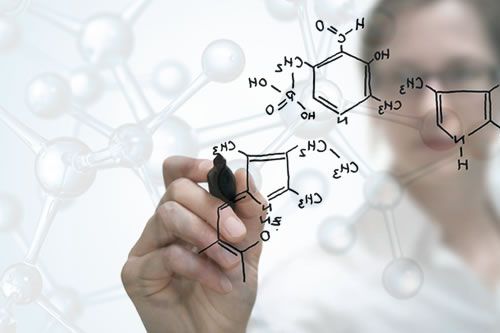Article
New procedures for old Treatments
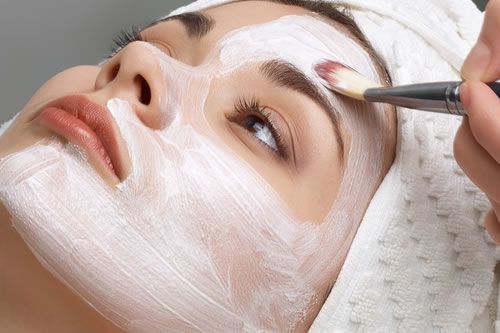
Some 15 years after I originally wrote this article, I still come across therapists and aestheticians practicing somewhat “outdated” techniques and procedures related to the humble application of the mask. I’ve revived it once more; as both a reminder and a wake-up call to the educators who are still teaching largely obsolete practices.
The treatment procedures of many skin conditions involving the use of masks require urgent revision in order for many therapists to obtain the best from new formulations and modern treatment philosophies.
Although formulations have changed over the years, facial techniques and procedures have not always kept pace. Techniques of the 70s and 80s are still in use with these more modern products, and many Aesthetic and Beauty Therapy Schools still continue to teach old philosophies today.
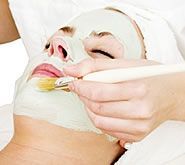
In many cases, both time and money is being wasted, and the continuing combination of this old thinking and modern product results in the therapists credibility being questioned. One of the most practical and rewarding changes the therapist can make to treatment procedures relates to the massage and mask aspects of her facial practices.
The mask is perhaps the most important stage of any facial treatment, as they are designed to provide one of a number of therapeutic actions. Unfortunately, it is possible to reduce or in worst cases negate the effects of some masks by performing the massage at the incorrect time during the procedure.
The practice of massaging before the application of masks is an area where changes in product formulation may contraindicate this procedure.
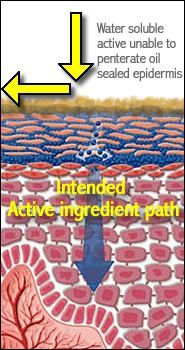
Generally massage mediums are carrier oils combined with essential oils or water in oil based creams. The action of these substances is primarily lubrication and occlusion. The massage oil seals the skin and slows the trans-dermal water flow. Conversely, many of the formulations commonly used throughout the facial procedure to effect saturation and hydration are all water based.
The laws of physics and chemistry tell us that water will not penetrate an oil saturated skin, yet many therapists still attempt to infuse their water based masks through oil. Although the skin is thoroughly wiped dry after the massage, there is always sufficient residual oil embedded in the skin to retard the absorption of water based substances.
The answer to this problem is simple, and only involves the relocation of the massage stage of the treatment to follow the mask.
This change is really common sense when looking at the beneficial effects objectively.
After the application of all water-based creams, ampoules and masks, the therapist then massages with the medium of her choice. This is usually oil with essential oils or a water & oil based cream with therapeutic qualities.
In addition to locking in all the therapeutic properties of the water-based substances previously applied, the massage is a pleasant relaxing way to conclude the treatment.
Post mask massage philosophy is not new, as many leading manufacturers have recognized it as a professional practice for years.
Interestingly, no therapist, beauty therapy tutor, supplier or rep who advocated the massage before mask procedure could offer a valid theory to substantiate the method when asked why. “That’s the way I was taught” and “It relaxes the client” were the most common responses.
Inexplicably, many schools still teach this old method without regard to the type of active ingredients being used even though it is becoming more questionable. This is a typical example of Rote Learning misapplied.
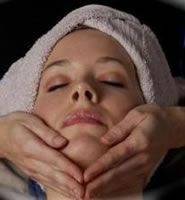
It makes sense that with the plethora of new, more effective cosmetic formulations, those old methods do not work and challenge our credibility must be discarded. This is especially relevant with the new ionisable actives and the increased use of sonophoresis. One has to ask: why would you want to decrease the effectivness of the procedure and waste the investment of these great devices?
We must make a concerted effort to re-educate ourselves, only by recognizing and discarding this old thinking can we go forward to make significant changes in a clients skin condition, enjoy professional success and greater job satisfaction. FBH
This article was originally published in www.beautymagonline.com in 2001
The post New procedures for old Treatments appeared first on Pastiche.
share this
Related Articles
Related Articles
